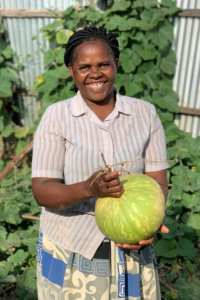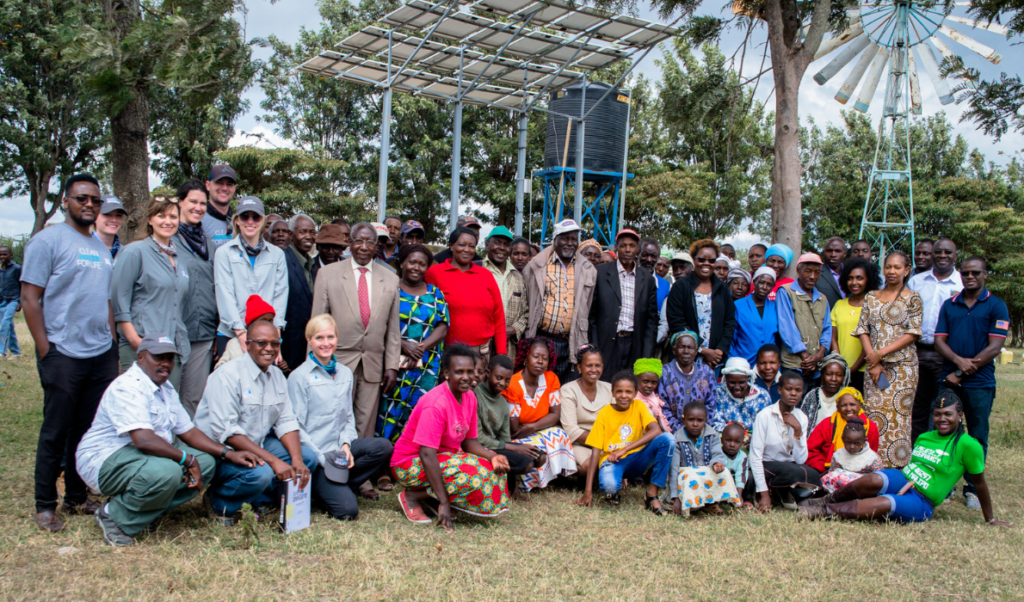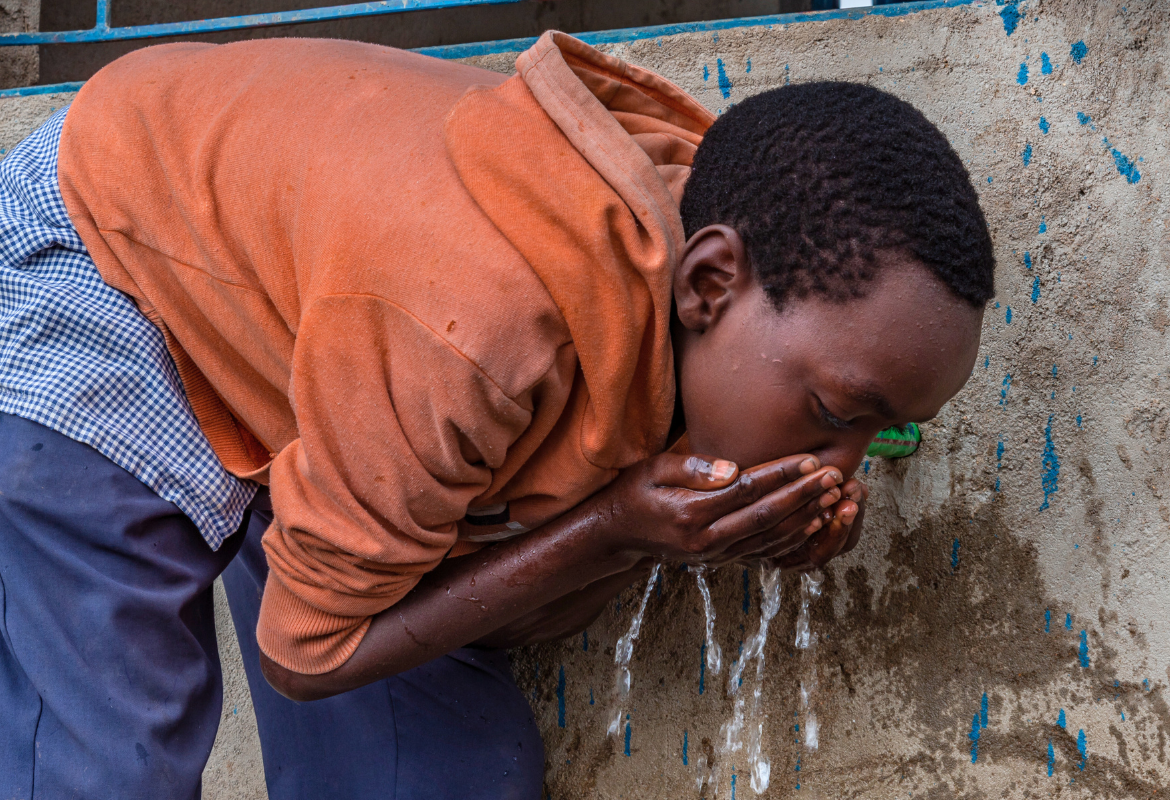June 19, 2025
Why Do So Many Water Projects Fail When Success is Possible?
A staggering statistic circulates in the world of international development: a high percentage of water projects in developing regions fail within a few years of implementation. While the exact figure is debated, the sentiment rings tragically true for countless communities. A new well, a symbol of hope and health, often becomes a monument to good intentions gone awry – a broken pump handle, a contaminated water source, a system abandoned.
This high failure rate is not due to a single cause but a complex interplay of social, economic, and technical challenges. Yet, this narrative of failure isn’t the only story. Organizations like Well Aware have demonstrated that a different outcome is not only possible but achievable, maintaining a 100% success rate across all of their water projects. Our success provides a powerful blueprint for how to get it right. So, where do so many go wrong, and how does a model like Well Aware’s turn the tide?
 The Missing Ingredient: Community Commitment
The Missing Ingredient: Community Commitment
One of the most significant factors in the demise of water projects is the lack of genuine community partnership. Too often, projects are designed and implemented by external organizations with minimal local input. When communities are not seen as true partners in the planning, decision-making, and construction phases, they are less likely to feel a sense of responsibility for the project’s long-term success.
In contrast, a successful model is built on a deep and lasting commitment to the community, not just a specific project type. Well Aware, for example, forges long-term partnerships with the communities we serve. Our work is guided by a team of local experts, including engineers, hydrogeologists, and community mobilizers who understand the unique social and environmental context. This ensures solutions are not just imposed but are co-created and truly wanted, fostering a powerful sense of ownership from day one.
The Long Road to Ruin: Neglecting Maintenance
The celebratory ribbon-cutting at a new water project is often the beginning of the end. Many initiatives focus on the initial installation but fail to establish a sustainable model for long-term operation and maintenance. The reality is that all systems require regular upkeep and occasional repairs. Without a well-defined maintenance plan, a trained local technician, and a system for collecting user fees, a minor technical issue can quickly become a complete failure.
This is where a commitment to long-term success becomes critical. True success is not measured on the day the water starts flowing, but years down the line. It requires comprehensive impact measurement and ongoing support. To further empower communities, Well Aware developed its own proprietary technology, the Well Beyond app. This tool provides community members with direct access to training modules, system knowledge, and communication channels to support their own management and maintenance efforts, solidifying their ownership and ensuring the system’s longevity.
The Perils of Inappropriate Solutions
 The allure of a one-size-fits-all technical solution can be a siren song for well-meaning organizations. However, what works in one region may be entirely unsuitable for another, even if only a few kilometers away.
The allure of a one-size-fits-all technical solution can be a siren song for well-meaning organizations. However, what works in one region may be entirely unsuitable for another, even if only a few kilometers away.
The peril of an inappropriate solution extends far beyond choosing a complex pump with unavailable spare parts. A truly sustainable water system cannot be a one-size-fits-all model; it must be a bespoke solution born from a deep understanding of the community’s unique ecosystem.
The physical environment itself presents critical variables: what is the groundwater potential, and do the regional rainfall patterns make a deep borehole more viable than a rainwater harvesting system? Furthermore, the system must align with local priorities. The water needs of a pastoralist community differ vastly from a community focused on agriculture, which impacts the required volume, access points, and technology. Social and cultural dynamics are just as crucial; tribal structures, for instance, can dictate how resources are managed and whether a new system will be accepted and maintained communally.
Critically, these projects intersect with the daily lives and safety of residents. Since women and girls are often the primary water collectors, the location of a well must be chosen to minimize risk and reduce their burden, a decision that directly impacts their security and access to education. A failure to consider this complex web of variables, from hydrogeology to gender dynamics, is why so many well-intentioned projects ultimately fail. The best solution is never just about technology; it’s about holistically adapting to the intricate realities of the community it is meant to serve.
The most successful projects are evaluating these variables well before the project is initiated. At Well Aware, by employing hydrogeologists and engineers from the region, our team can design and implement solutions – from rainwater harvesting to deep borehole wells – that are well matched to the area’s specific geological and social landscape. This local expertise ensures the right solution is chosen for the right reasons, dramatically increasing the odds of long-term success.
At Well Aware, by employing hydrogeologists and engineers from the region, our team can design and implement solutions - from rainwater harvesting to deep borehole wells - that are well matched to the area's specific geological and social landscape.
A Path Towards a Full Promise
The consequences of failed water projects are devastating. Communities are forced to revert to contaminated water sources, leading to a resurgence of waterborne diseases. The burden of water collection, which disproportionately falls on women and girls, returns, robbing them of time for education and economic opportunities.
However, the high failure rate of water projects is not an inevitability. Well Aware’s 100% success rate is a testament to the power of a different approach… one that is community-driven, technically sound, and committed to a future of shared responsibility. By shifting the focus from short-term installations to long-term, community-owned solutions, we can move beyond the half-empty promise. We can build a future where every new water project is a lasting source of health, opportunity, and hope.
